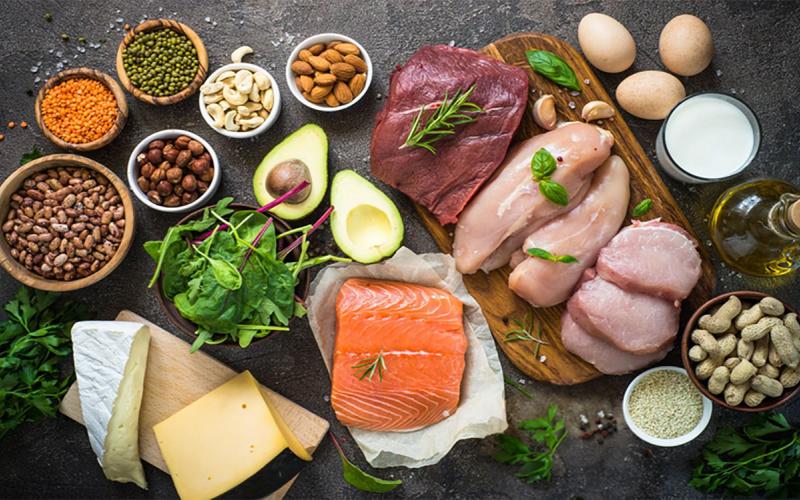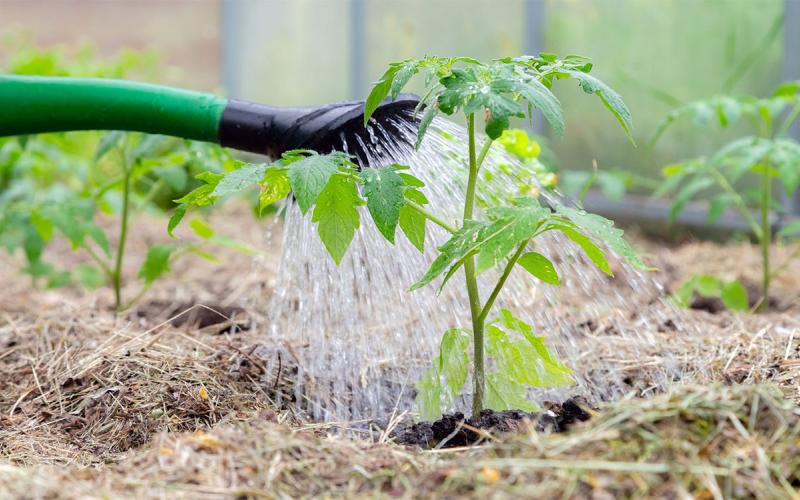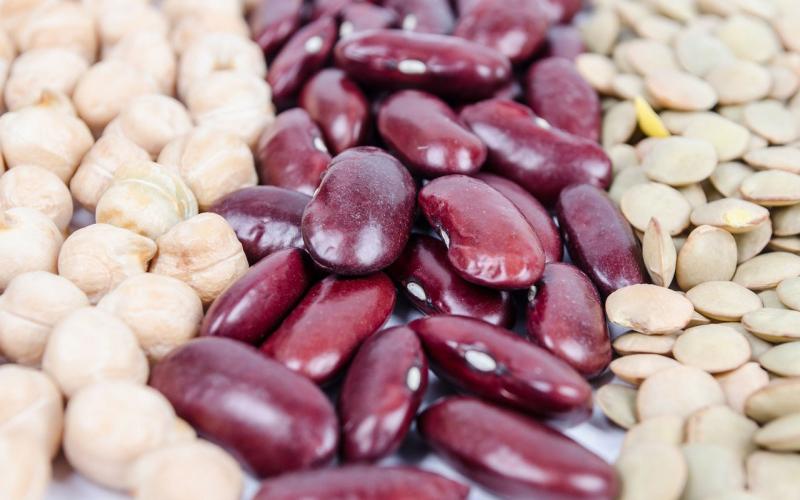Originally written with contributions by Kimberly Cripps, former SDSU Extension Family & Community Health Field Specialist, and Carolyn Brown.
As we get busier with work and school activities, it sometimes becomes challenging to have a meal right off the stove. This article will give you some cooking and safety tips for the microwave.
We may just use a microwave for daily uses of reheating foods, defrosting hamburger and such, or popcorn, but did you know you can also cook meals in one?
What Are the Safe Dishes to Use in a Microwave?

Go for It!
- Glass and ceramic dishes
- Paper plates, towels, and napkins
- Wax and parchment paper
Not So Fast!
- Aluminum foil.
- Brown paper bags.
- Cold-storage plastic containers (such as margarine, cottage cheese, and yogurt tubs).
- Onetime-use plastic containers.
- Dishes with metallic paint or trim.
- Foam-insulated cups, bowls, plates, and trays.
How to Use the Microwave
- Place food in the Microwave for the desired time on the package.
- Halfway through the time, stir and rotate food, so you don’t have any “hot spots,” or scorching areas of food
- When the food is done cooking, use a potholder to take out as the container may be hot
- Let it sit for a couple of minutes to cool off a little bit. Enjoy!
Important Information:
- Also, always check your food with a food thermometer to make sure it is fully cooked and check in several spots of food.
- If food gets done before the time you had selected, make sure you push “cancel” on the Microwave.
- Do not keep anything on top of Microwave.
Temperatures to Know:
- Ground beef: 160 °F.
- Steaks, chops, or roasts of beef, pork, lamb, and veal: 145 °F. For safety and quality, allow the meat to rest for at least three minutes before consuming.
- Poultry: 165 °F.
- Eggs and casseroles containing eggs: 160 °F.
- Fish: 145 °F.
For Cleaning of Microwave
Clean in 90 Seconds:
To loosen your Microwave’s splatters and stains in a flash, try this favorite Real Simple technique: Heat a bowl of water and lemon juice on high for 5 minutes, then wipe the oven clean with a solution made from 1 cup water and 1 tablespoon baking soda.
Or:
- If you spill something in the Microwave, you are going to want to clean it up right away. You simply get a clean cloth with dish soap on it.
- Make sure you get in the cracks of the Microwave by the door. This is a precaution so that the door still opens and closes without the area having food/liquid in it
- If you have a fire in the Microwave, unplug it and don’t open the door.
As you can tell, you can make a lot of food in the Microwave, which is fast as well as convenient for you if used properly.


